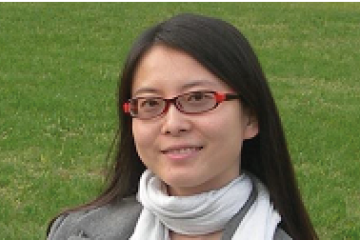Fellowship
Developing human organotypic perfused bioreactors for physiologically reproducible therapeutic compound screening of a tumour microenvironment

At a glance
Completed
Award date
November 2017 - November 2019
Grant amount
£121,416
Principal investigator
Dr Xiao Wan
Institute
University of Oxford
R
- Replacement
Read the abstract
View the grant profile on GtR
